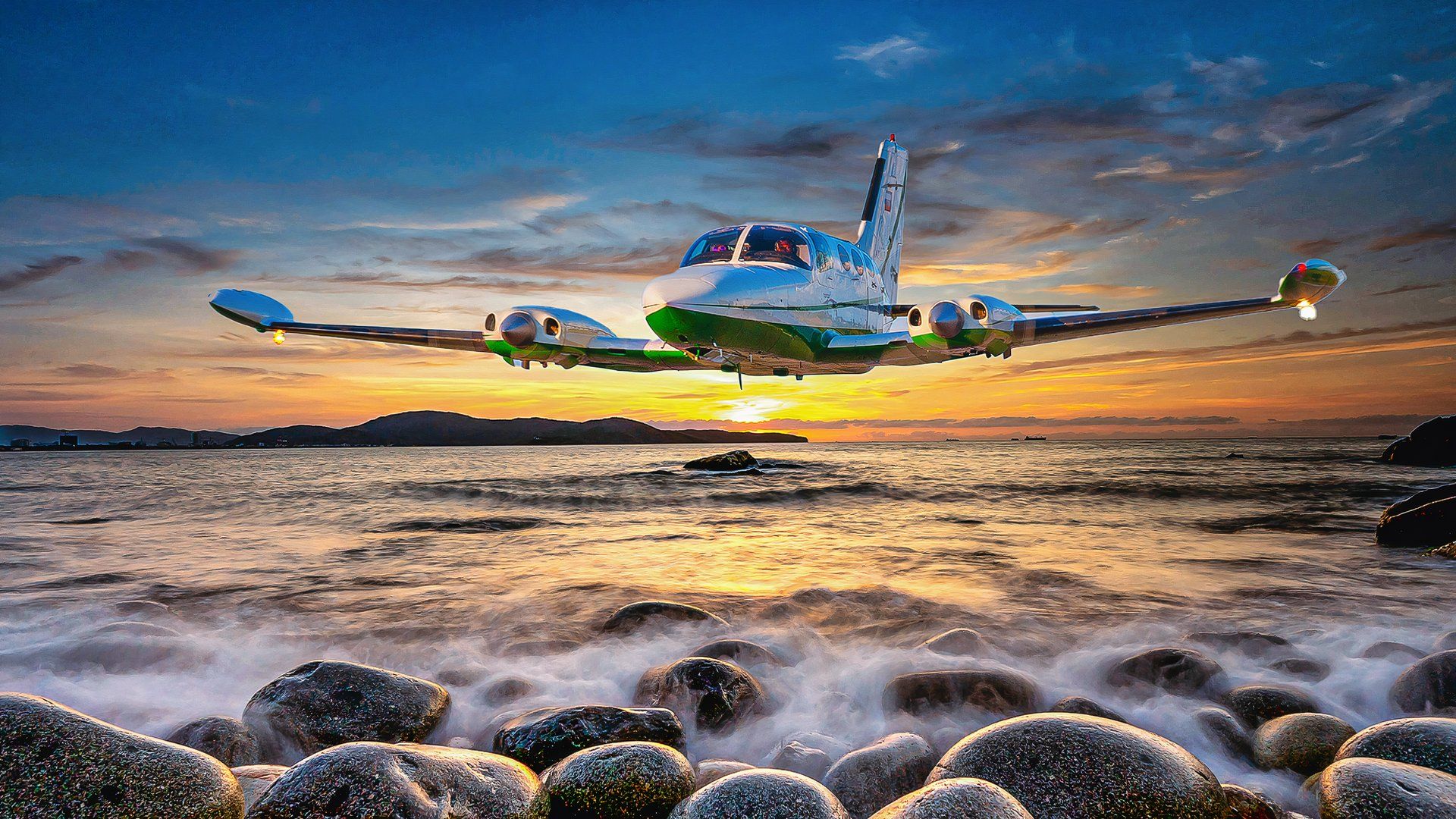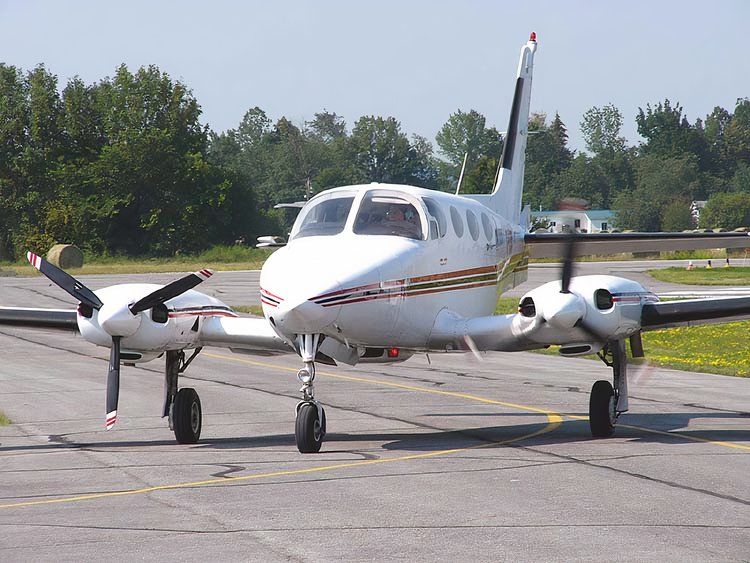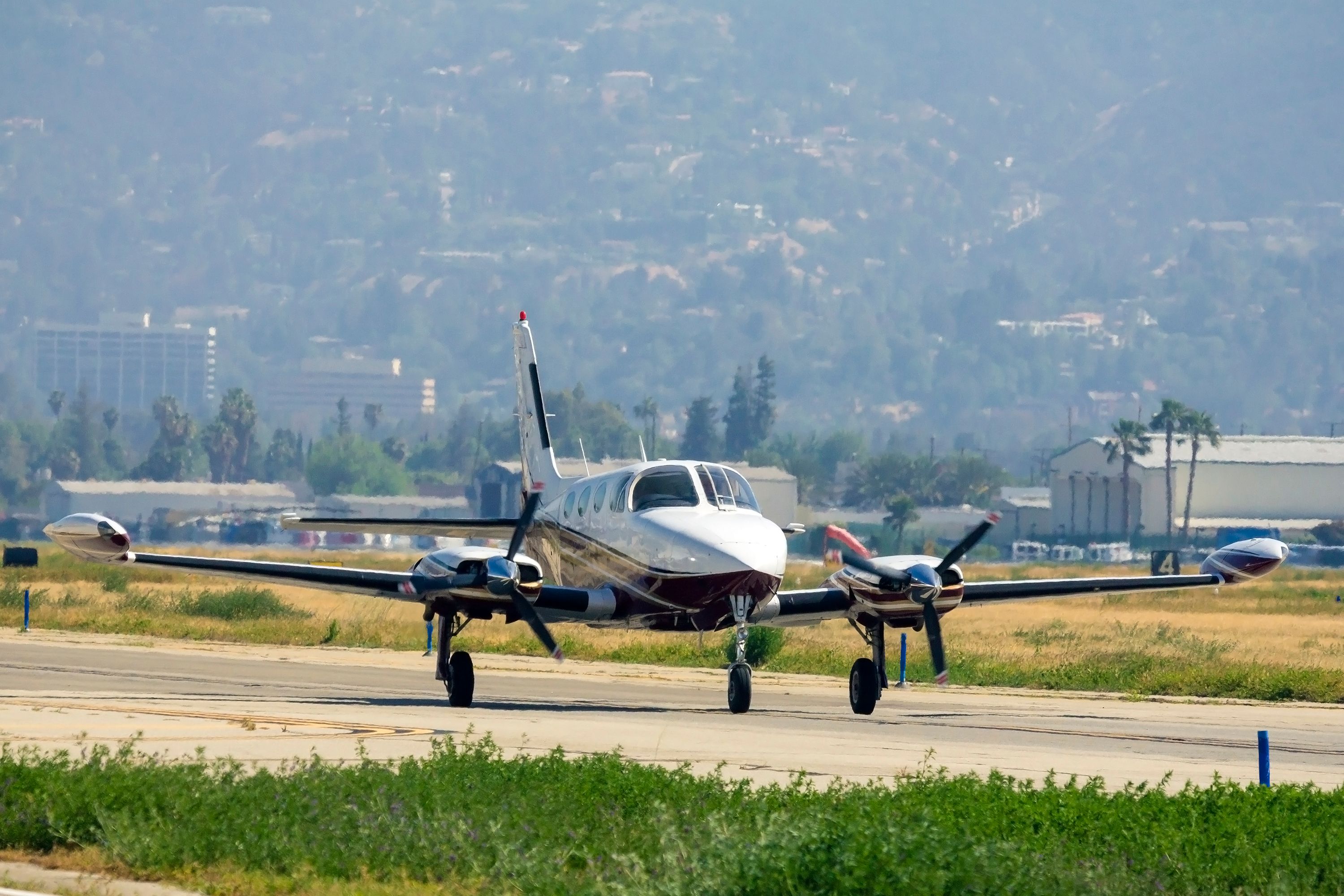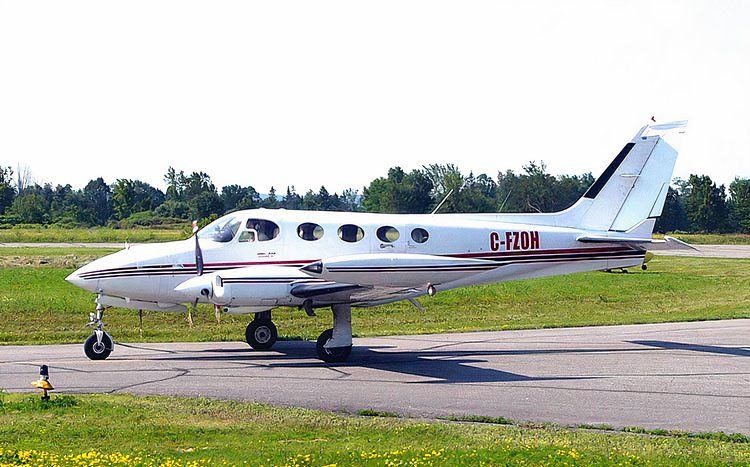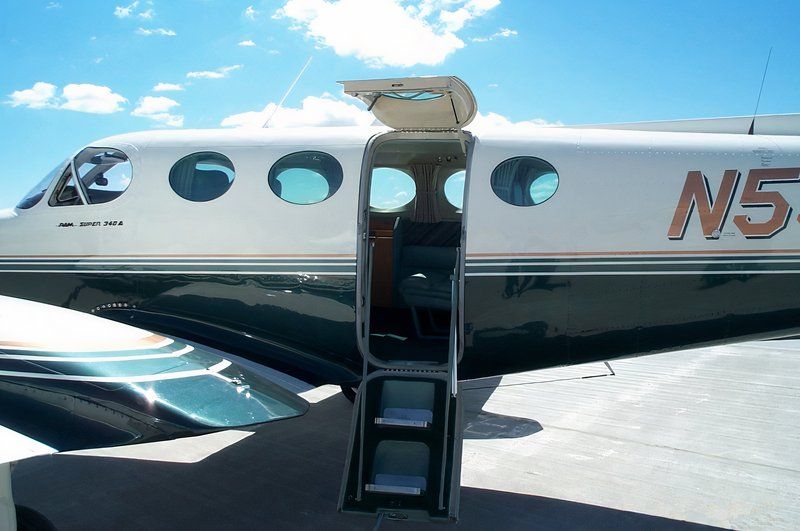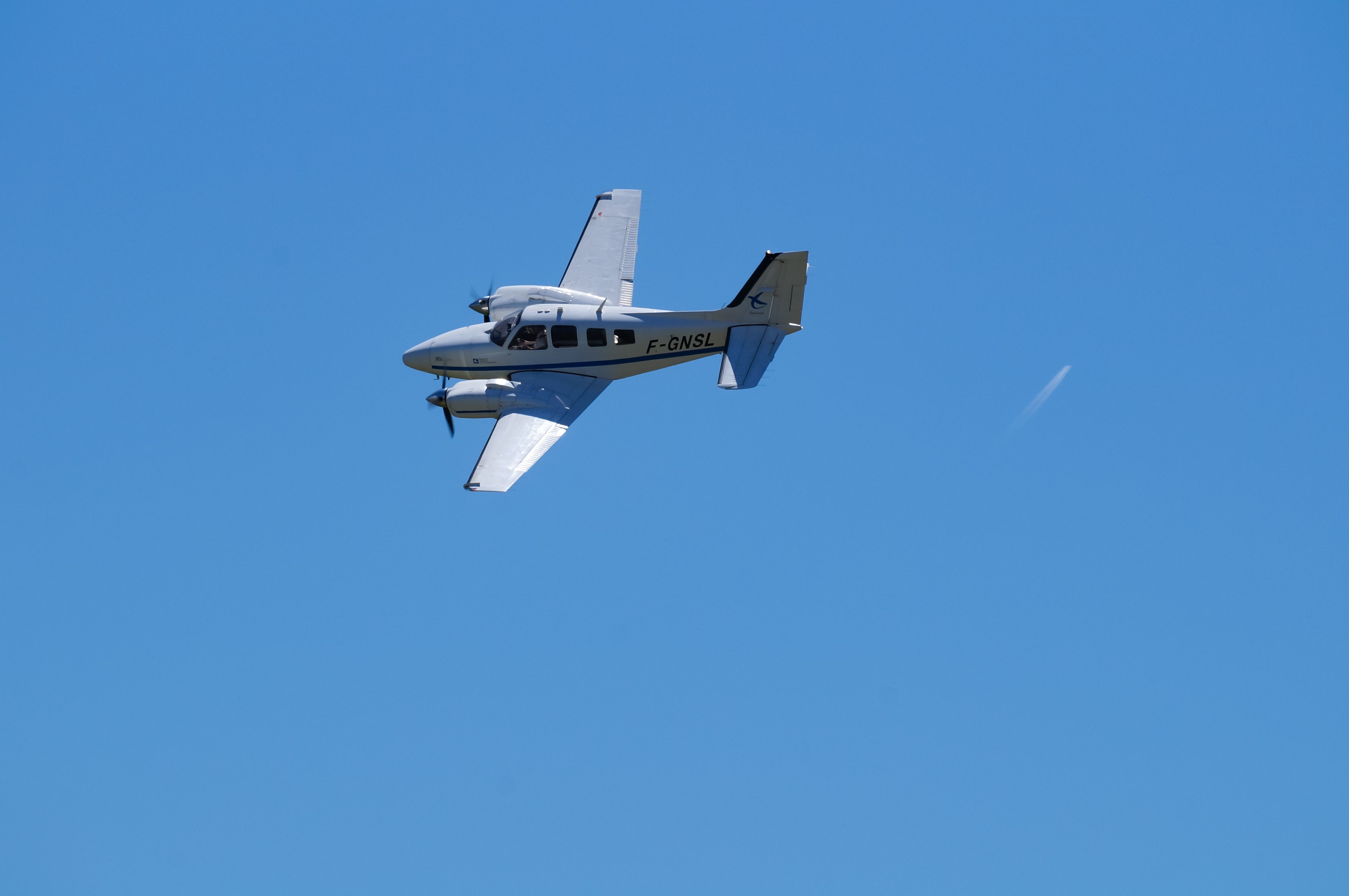Summary
- The Cessna’s 340 is a 6-seat piston-engine aircraft from 1971-1985, popular with over 1,000 units sold.
- Although the C340 has a short production history, it included some unique design variants, and operational costs had a positive impact on its popularity.
- Current similar options by Textron include Beechcraft King Air and Baron G58, offering different capabilities.
Cessna is primarily known for two types of aircraft: its general aviation models, like the 172 Skyhawk, which are unpressurized, and its Citation jet series, which are pressurized and designed as private jets. Interestingly, the OEM also produced general aviation airplanes for high-altitude flights. One notable example is the Cessna 340.
Some history behind the aircraft
The Cessna 340 is a piston-engine aircraft with six seats, accommodating four passengers and two pilots. Its interior configuration includes four passenger seats separated by an aisle and is equipped with an airstair door for convenience.
Development of the Cessna 340 commenced in 1969, and the first aircraft was delivered in 1971. However, the delivery schedule was delayed due to a prototype crash during flight testing in 1970.
According to Openfly, the aircraft designated was manufactured from 1971 to 1985. Although its production lasted only 12 years, it achieved considerable popularity, with 1,351 units being produced during this time.
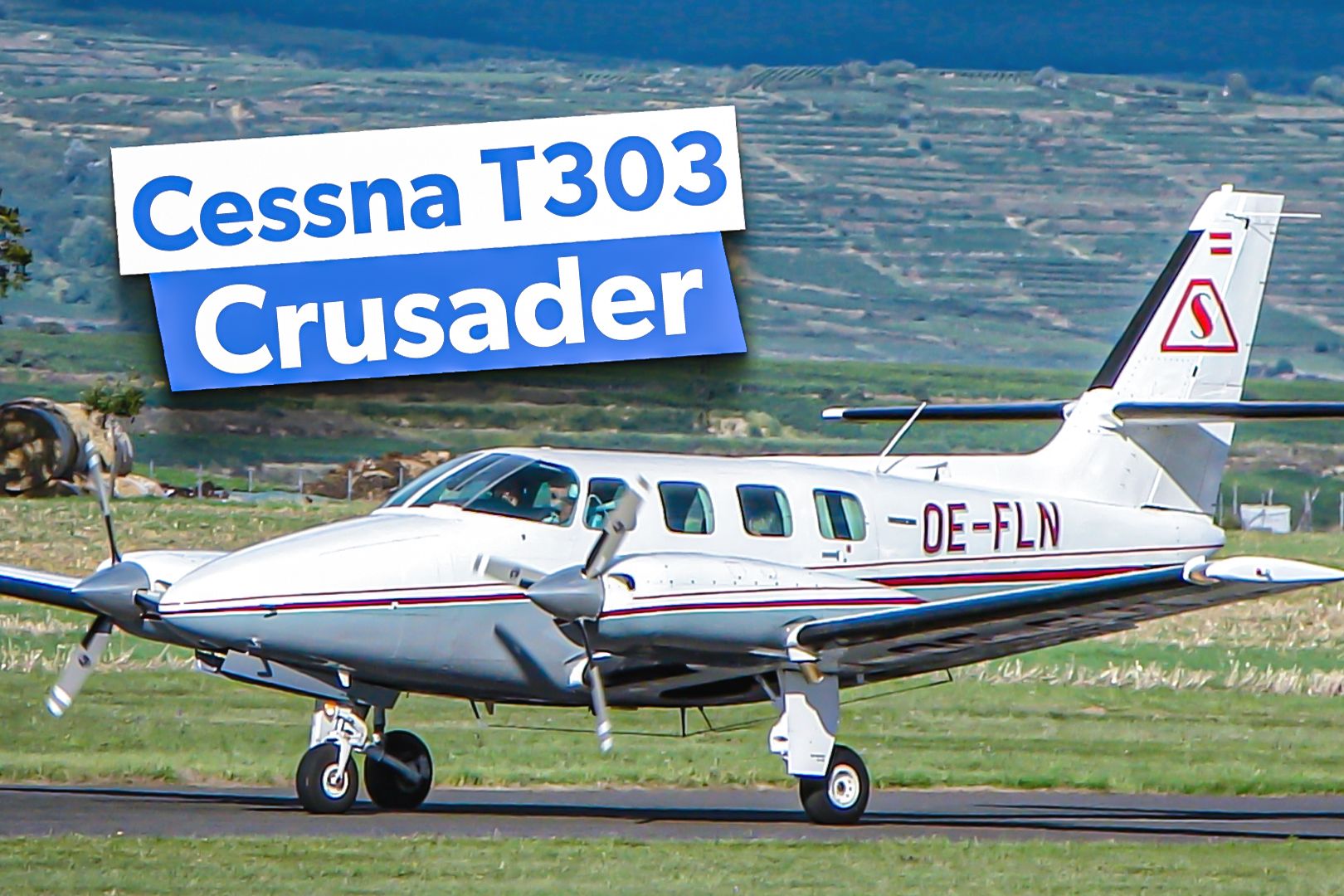
Related
Why Did Cessna Have To Rename The Cessna 303 Clipper?
It took over six years for Cessna to modify the original design.
Which variants were available?
During its 12-year tenure, Cessna offered various C340 models. These models included:
- The legacy 340 has two Continental TSIO-520-K engines, each capable of producing 285 hp (213 kW).
- An enhanced 340A is equipped with Continental TSIO-520-NB engines, each rated at 310 hp (230 kW) and certified on November 19, 1975. A total of 948 of these engines have been manufactured.
- 335: The unpressurized six-seat variant of the aircraft is equipped with two Continental TSIO-520-EB engines, each delivering 300 hp (220 kW). A total of 65 units of this aircraft model were manufactured.
- Riley Rocket 340: this version underwent a conversion process involving the installation of two 340 hp (250 kW) Lycoming TIO-540-R engines.
- Riley Super 340 underwent a conversion process that involved installing two 310 hp (230 kW) Continental TSIO-520-J/N engines.
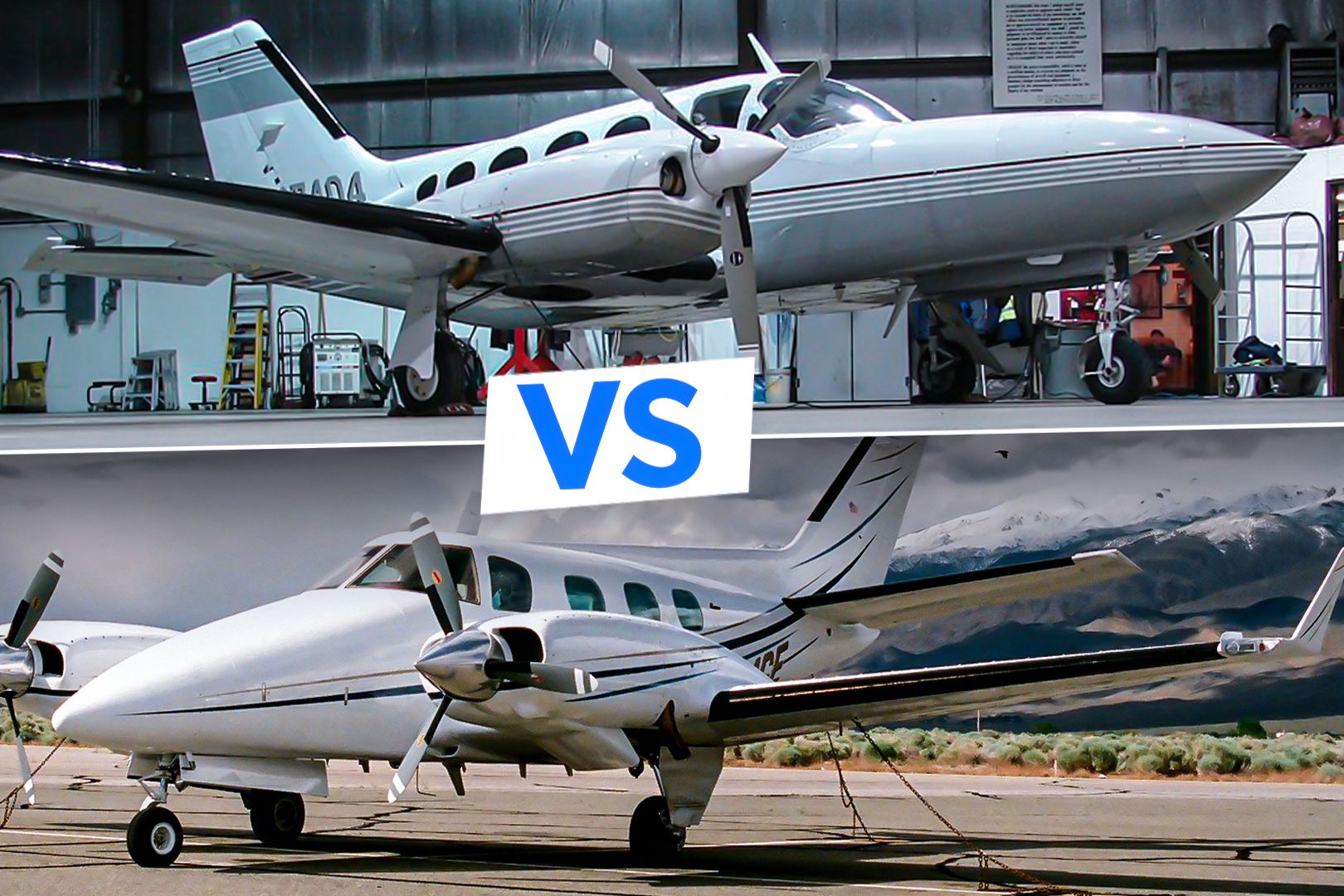
Related
Twin Engines: The Beechcraft Duke Vs. The Cessna Golden Eagle
Practicality or design and technology?
How much does it cost to buy a 340 today?
Aviation Insider said the median price for a 340 aircraft was US$230,000. This price is applied to models with an average total time airframe (TTAF) of 4,000 hours and engine times of approximately 600 hours. Aircraft with fewer hours commanded a higher price, with some selling for just over US$535,000. Alternatively, the oldest models were priced at around US$115,000.
Photo: Lithium366 | Shutterstock
In contrast, according to data gathered from Controller as of August 2024, the most expensive 340 aircraft is a 1979 model equipped with new CAE-881353 / CAE-881358 engines built in 2008, with an asking price of USD 1,650,000. Conversely, the lowest-priced model is a 1977 CESSNA 340A Piston Twin Aircraft, valued at USD 160,000. It’s worth noting that this aircraft has the caveat that only the right engine is reported to be operational.
What about operational costs?
According to the Aircraft Cost Calculator, the average price for a previously owned CESSNA 340A is $391,007.70 based on various considerations.
The website further indicates that prospective owners can expect an installment loan of $118,316.67 spread over 120 months and a monthly interest amount of $492.99, resulting in a per-period payment of $5,932.84. Considering 200 annual owner-operated hours and a fuel cost of $6.75 per gallon, the CESSNA 340A incurs total variable costs of $108,650.00 and total fixed costs of $98,485.00. It requires an annual budget of $207,135.00, amounting to $1,035.68 per hour.
An aircraft critically acclaimed by owners
As the aircraft has sold well over 1,000 units, it is undeniable that it was exceedingly popular. In fact, according to SA flyer, the aircraft was highly regarded by enthusiasts of twin-engine piston aircraft.
This is because it is considered genuinely great to fly; the aircraft has a maximum service ceiling of almost 30,000 feet, allowing it to operate at high altitudes. It can achieve speeds ranging between 190 and 205 knots while consuming approximately 40 gallons of fuel per hour. The aircraft exhibits satisfactory climb performance, particularly at lower altitudes, with a single-engine rate of climb of 315 feet per minute.
The performance data in the Pilot’s Operating Handbook (POH) indicates that if an engine fails during takeoff, the Cessna 340 aircraft can still climb over a 50-foot obstacle after covering less than 4000 feet horizontally from where the brakes are released.
This assumes that the pilot promptly retracts the landing gear, follows the correct procedures, and executes the maneuver accurately.
The aforementioned aircraft offers excellent flying capabilities and is recognized for its high safety standards, providing an additional level of reassurance when undertaking solo flights across expansive territories such as South Africa, the home country of the publication referenced in our source.
What aircraft are currently manufactured that are similar to the 340?
With the 340 no longer produced, pilots wishing to buy similar aircraft, but new, must identify those with comparable features. One may look to Textron Aviation, the parent company of Cessna, particularly with its subsidiary Beechcraft. This manufacturer presently offers two similar aircraft:
- Beechcraft King Air: The King Air offers pressurized options, connecting general and private aviation. It boasts an increased capacity compared to the 340, accommodating up to 11 onboard occupants. Ìt’s unit cost is about $8M.
Photo: Benthemouse | Shutterstock
- Beechcraft Baron: The Beechcraft Baron, initially introduced in the 1960s, continues to be produced under the G58 designation. This twin-engine aircraft has the same capacity as the Cessna 340 and can seat up to 6 people. The unit cost of the Beechcraft Baron G58 is approximately $1.5 million.
Photo: Spech | Shutterstock
In addition to Textron’s product range, the Piper Pa-31 Navajo is also available, exemplifying the diverse options in the market.
Bottom line
The 340 may no longer be produced, but its legacy of high altitude, high performance flying lives on at Textron, and those who are adamant they want the specific model may still find them on specialist pre-owned aircraft marketplaces.
